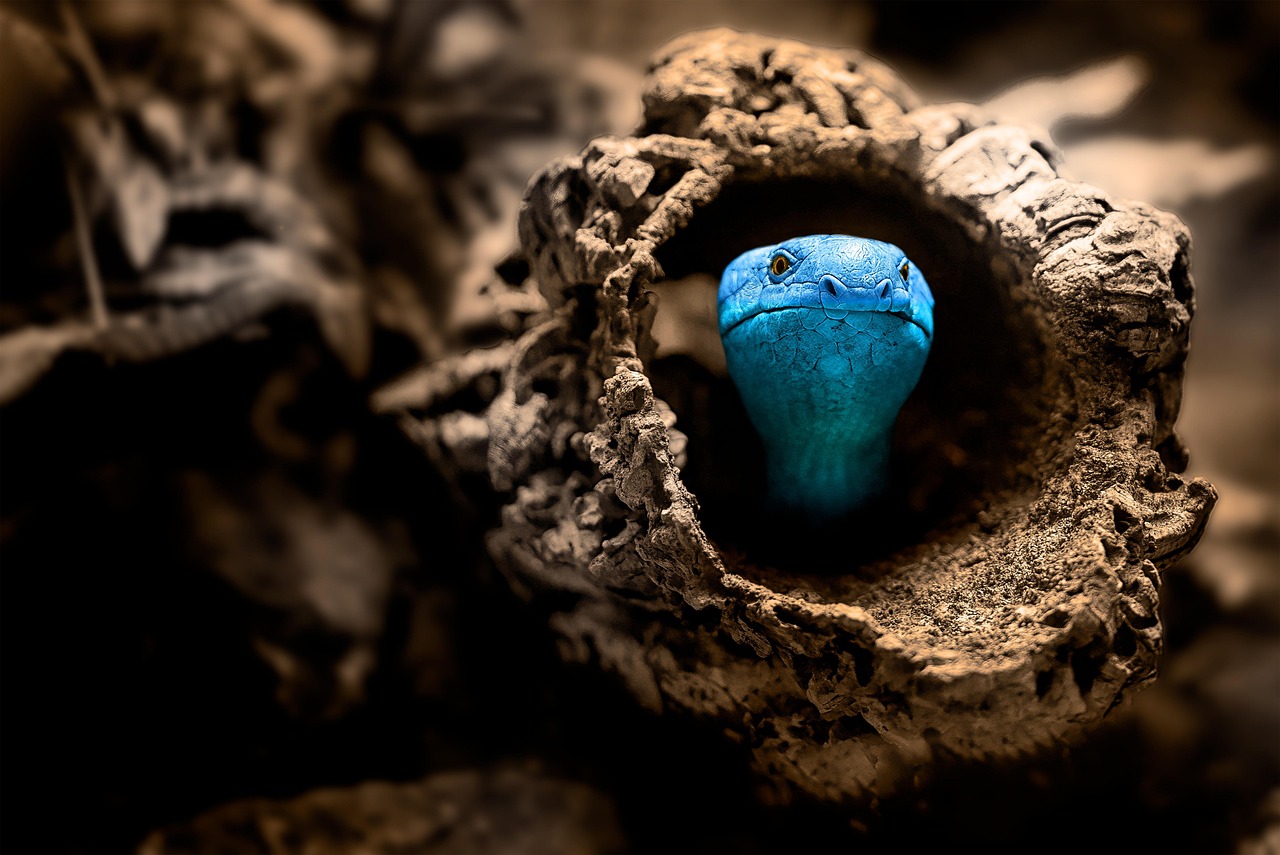In the vast tapestry of evolutionary history, certain creatures stand as remarkable anomalies—living fossils that have remained virtually unchanged while the world transformed around them. Among these extraordinary survivors is a snake that has defied the conventional patterns of evolution for an astounding 90 million years. While dinosaurs rose and fell, while mammals diversified and humans emerged, this remarkable reptile maintained its ancient form, becoming a biological time capsule from the age of dinosaurs. The story of this evolutionary standstill offers fascinating insights into adaptation, survival, and the complex mechanisms that drive—or in this case, halt—evolutionary change.
Meet the Living Fossil: The Calabar Burrowing Python

The protagonist of our evolutionary mystery is Calabaria reinhardtii, commonly known as the Calabar burrowing python or ground python. Despite its name, this snake is actually a member of the Boidae family, making it a close relative of boas rather than true pythons. Native to the rainforests and woodlands of West and Central Africa, this small, cylindrical snake typically grows to about three feet in length. Its most distinctive feature is a rounded head and tail of similar appearance—an adaptation that confuses predators about which end to attack. The Calabar python represents one of the most extreme cases of evolutionary stasis ever documented in vertebrates, with a body plan that has remained remarkably consistent since the late Cretaceous period.
Decoding Evolutionary Stasis
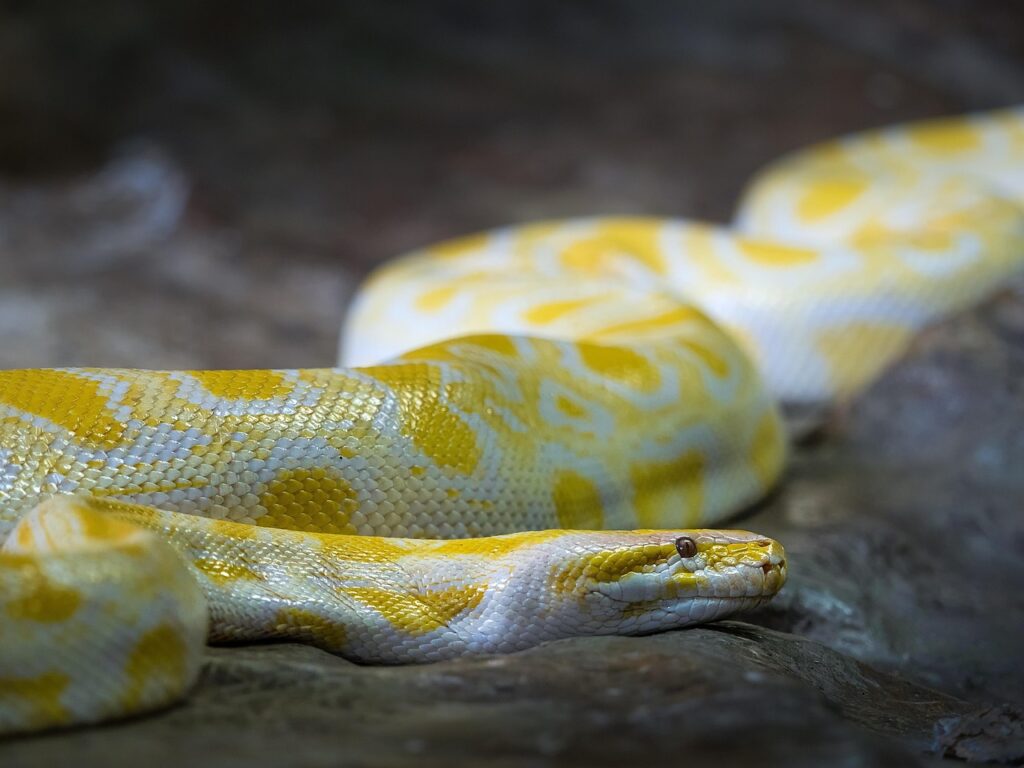
Evolutionary stasis—the phenomenon where a species shows little or no morphological change over extended periods—challenges our conventional understanding of evolution. While Darwin’s theory emphasizes change and adaptation, stasis reminds us that evolution doesn’t always produce continuous transformation. For species like the Calabar python, their early adaptations proved so successful that subsequent changes offered no significant advantage. Scientists refer to this as “stabilizing selection,” where extreme traits are selected against, maintaining an optimized middle ground. The minimal anatomical differences between 90-million-year-old fossils and modern specimens suggest the Calabar python achieved its optimal form early, rendering further major adaptations unnecessary.
The Timeframe: Putting 90 Million Years into Perspective
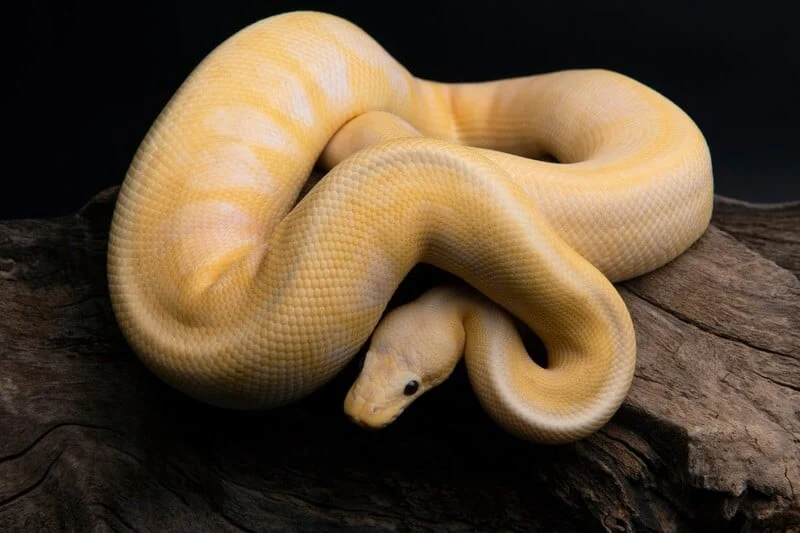
To truly appreciate the magnitude of the Calabar python’s evolutionary consistency, we must understand the vast timespan involved. Ninety million years ago, Tyrannosaurus rex had not yet evolved, flowering plants were just beginning to diversify, and the continents were still drifting toward their current positions. This snake has maintained its form through the mass extinction that eliminated non-avian dinosaurs, through ice ages and warm periods, and through the rise and diversification of mammals. To put it in human terms, if all of recorded human history spans roughly 5,000 years, then the Calabar python’s unchanged existence is 18,000 times longer than our entire civilization. This snake was already ancient when the first hominids began walking upright.
Fossil Evidence: Piecing Together the Past

The remarkable claim of 90 million years of stasis is supported by meticulous paleontological research. Fossil specimens discovered in Late Cretaceous formations show skeletal structures virtually identical to modern Calabar pythons. These fossils, preserved in fine-grained sediments, reveal detailed anatomical features including vertebral shape, skull structure, and even scale impressions that match contemporary specimens with startling precision. The most significant fossils were discovered in what is now northern Africa, suggesting the snake’s range may have shifted southward as climate patterns changed. Sophisticated dating techniques, including radiometric dating of surrounding rock layers, have confirmed the approximately 90-million-year age of these specimens, solidifying the snake’s status as an evolutionary time capsule.
Habitat Stability: The Key to Evolutionary Inertia
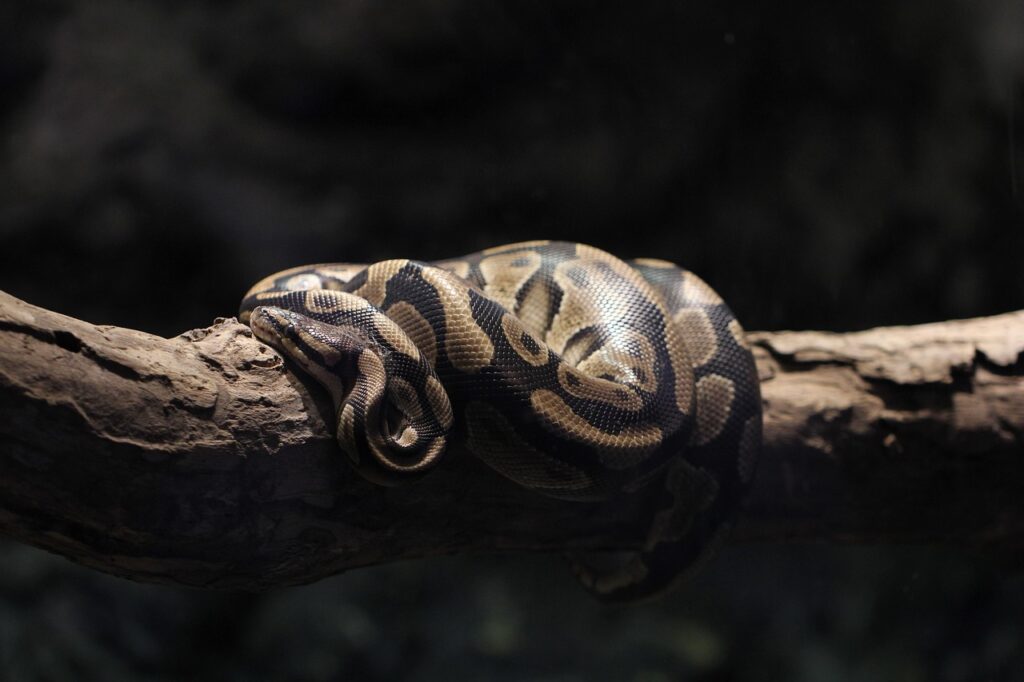
One leading theory explaining the Calabar python’s evolutionary stasis involves the remarkable stability of its preferred habitat. These snakes inhabit the forest floor of tropical and subtropical regions, environments that have remained relatively consistent even as broader ecosystems changed dramatically. The forests of Central Africa have persisted as refugia—ecological islands of stability—during major climate fluctuations. While the boundaries and extent of these forests expanded and contracted over millions of years, their core characteristics remained sufficiently stable to preserve the specific niche occupied by the Calabar python. This environmental consistency removed much of the selective pressure that might otherwise drive adaptive evolution.
Specialized Lifestyle: Perfected Over Millions of Years
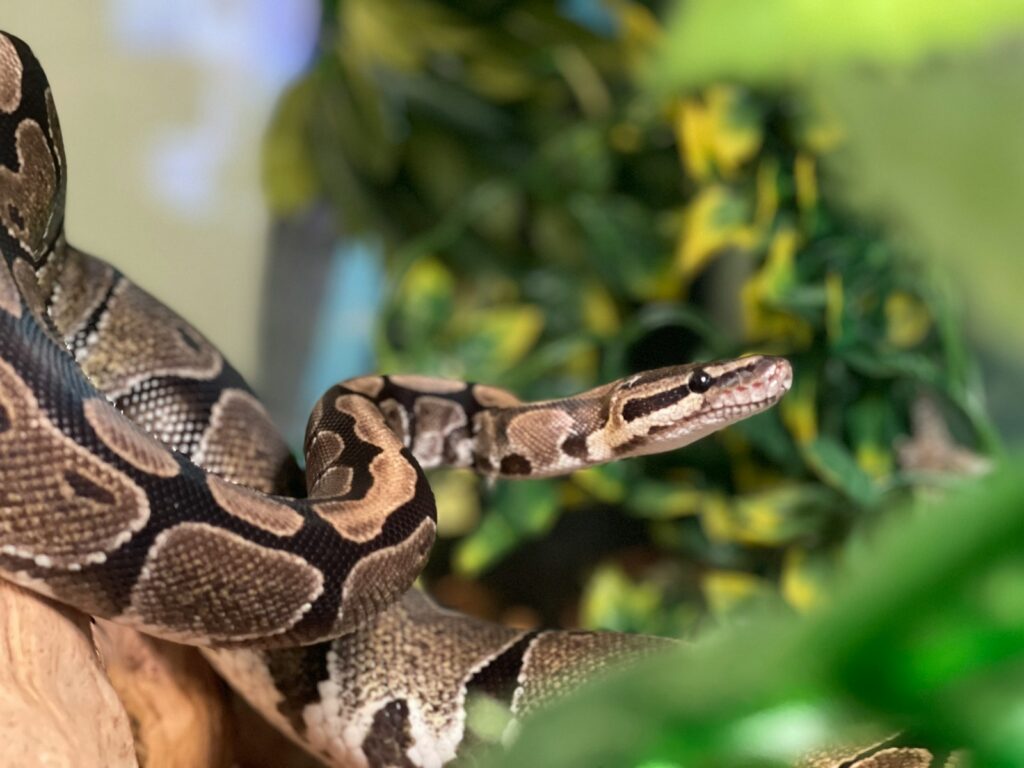
The Calabar python’s specialized lifestyle represents an evolutionary solution so effective it required no further refinement. These snakes are fossorial (burrowing) specialists, spending much of their time underground or under leaf litter. Their cylindrical body, smooth scales, and specialized head shape are perfectly adapted for moving through soil and tight spaces. They primarily feed on small mammals, particularly rodents, which they constrict in their powerful coils. This specialized ecological niche has remained available throughout geological time, requiring little adaptation from the snake. Their hunting strategy, digestive system, and sensory adaptations were optimized early in their evolutionary history and have remained unchanged as they continued to exploit the same resources in the same way for 90 million years.
Genetic Mechanisms Behind Evolutionary Standstill

Recent genomic studies have begun to unravel the genetic mechanisms underlying the Calabar python’s remarkable evolutionary stability. Researchers have identified unusually low rates of genetic mutation in these snakes compared to other reptile species. This reduced mutation rate may be attributed to efficient DNA repair mechanisms that minimize genetic changes that could lead to morphological differences. Additionally, the snake exhibits high levels of purifying selection, where mutations that alter protein function are rapidly eliminated from the population. Scientists have also discovered highly conserved regulatory regions in the genome that control developmental patterns, effectively “locking in” the snake’s body plan across generations. These genetic factors work in concert to preserve the snake’s ancient form despite the passage of tens of millions of years.
Survival Through Mass Extinctions

Perhaps most remarkable is the Calabar python’s survival through multiple mass extinction events that eliminated countless other species. While the exact mechanisms of this survival remain somewhat speculative, several factors likely contributed to their persistence. Their burrowing lifestyle may have provided protection from environmental catastrophes, including the asteroid impact that ended the Cretaceous period. Their generalist diet focusing on small mammals—a group that itself survived and thrived after the dinosaur extinction—ensured continued access to prey. Additionally, their low metabolic rate allows them to survive extended periods without food, a crucial advantage during resource-scarce periods following extinction events. These combined factors allowed the Calabar python to weather global catastrophes that eliminated 75% of species on Earth.
Conservation Status and Modern Threats
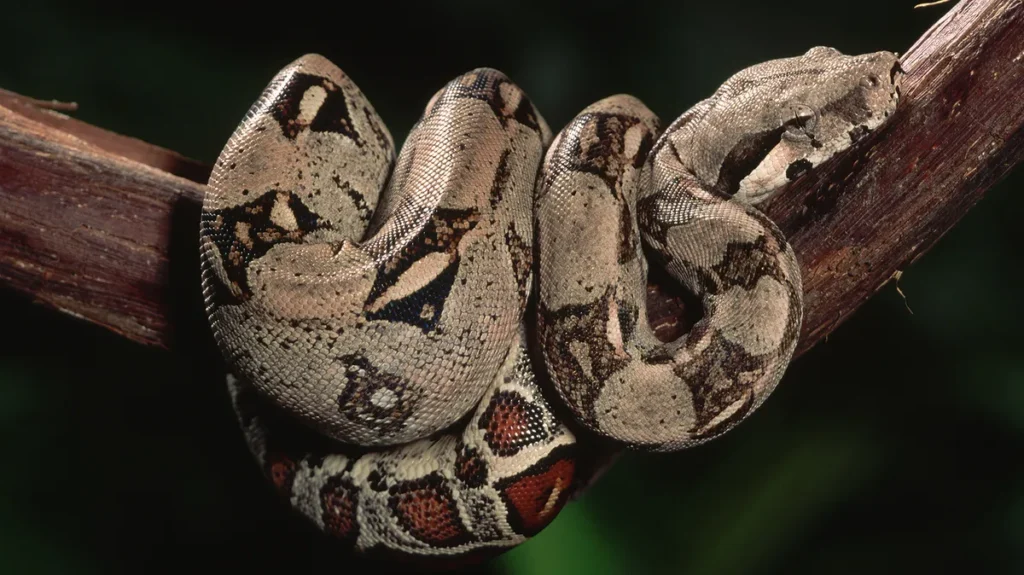
Despite surviving 90 million years of planetary changes, the Calabar python now faces unprecedented threats from human activities. While not currently listed as endangered, populations are declining due to habitat destruction as West African rainforests are cleared for agriculture and development. The snake is also harvested for the exotic pet trade, where its docile nature and manageable size make it desirable to collectors. Its specialized lifestyle makes it particularly vulnerable to habitat fragmentation, as it cannot easily relocate across disturbed landscapes. Conservation efforts are hampered by limited data on population sizes and distribution, though several protected areas within its range offer some sanctuary. The irony that this ancient survivor might be threatened by our relatively young species is not lost on conservation biologists working to protect it.
Behavioral Adaptations: Ancient but Effective
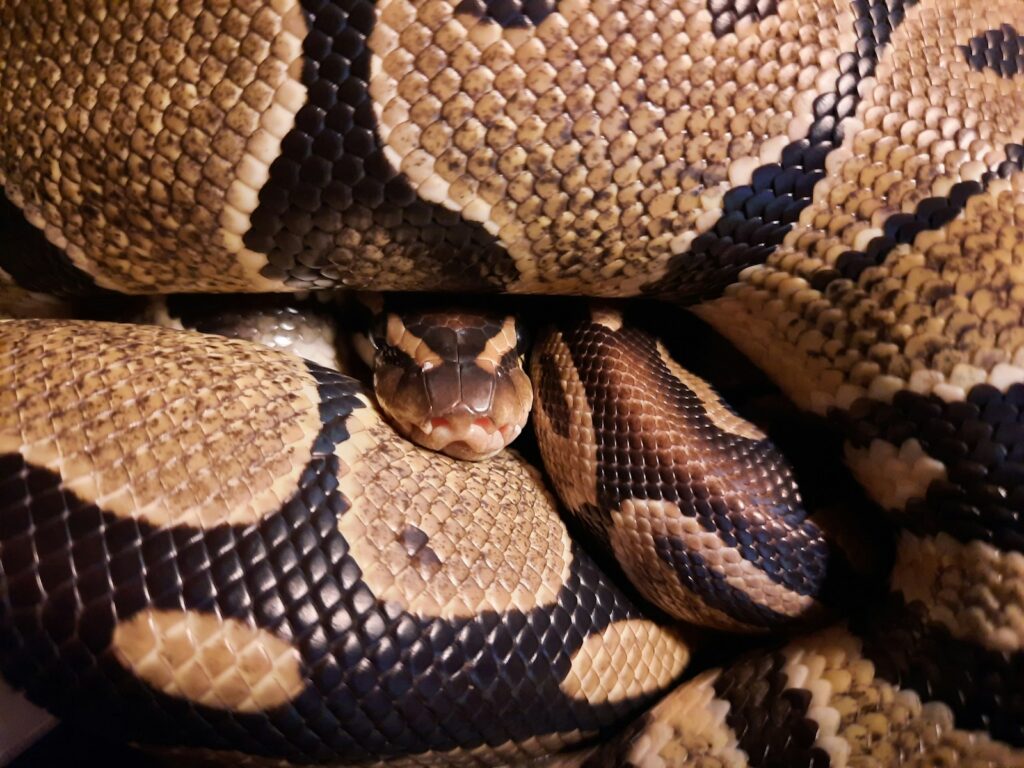
The behavioral repertoire of the Calabar python offers further insights into its evolutionary success. These snakes display a distinctive defensive behavior when threatened: they hide their head within their coiled body while exposing their tail, which they may wiggle to draw a predator’s attack to the less vulnerable end. This behavior, coupled with the similar appearance of both ends, creates effective confusion in predators. They are primarily nocturnal, hunting under the cover of darkness when their mammalian prey is active. Their hunting technique involves waiting in rodent burrows or tunnels and ambushing passing prey. These behavioral adaptations were perfected millions of years ago and have remained effective without modification, illustrating that sometimes evolutionary success comes not from continuous change but from perfecting a specialized strategy.
Comparisons with Other Living Fossils
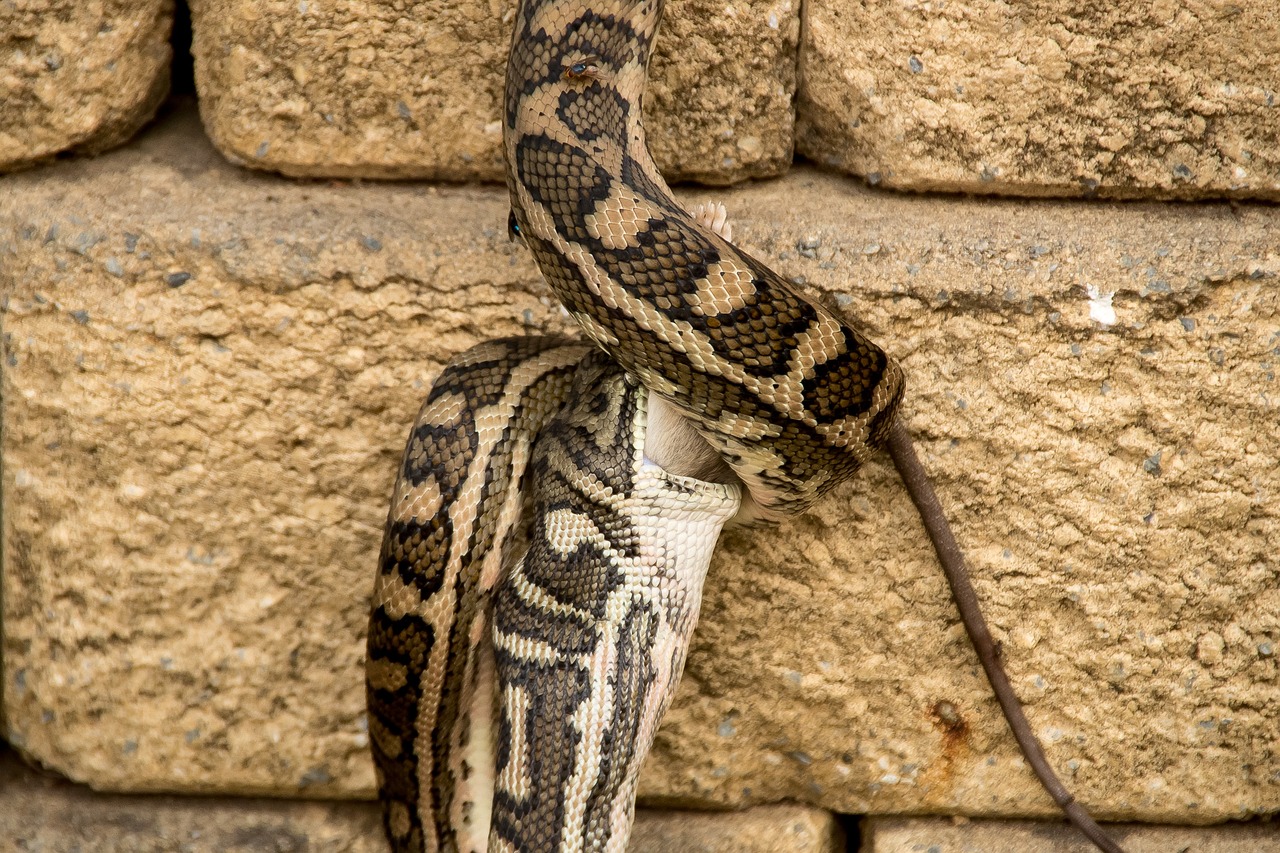
The Calabar python joins a select group of organisms known as “living fossils”—species that have remained morphologically similar to their ancestors over vast timespans. The coelacanth fish, horseshoe crabs, ginkgo trees, and nautilus mollusks are other notable examples of this phenomenon. However, the Calabar python stands out even among this group for the extreme duration and degree of its stasis. While many living fossils show some level of anatomical change or species diversification over time, the Calabar python exhibits almost perfect conservation of form. Comparative studies between these diverse living fossils have revealed certain commonalities, including specialized niches, habitat stability, and effective defense mechanisms. These patterns suggest that evolutionary stasis is not random but follows predictable ecological patterns across different animal groups.
Scientific Significance and Future Research
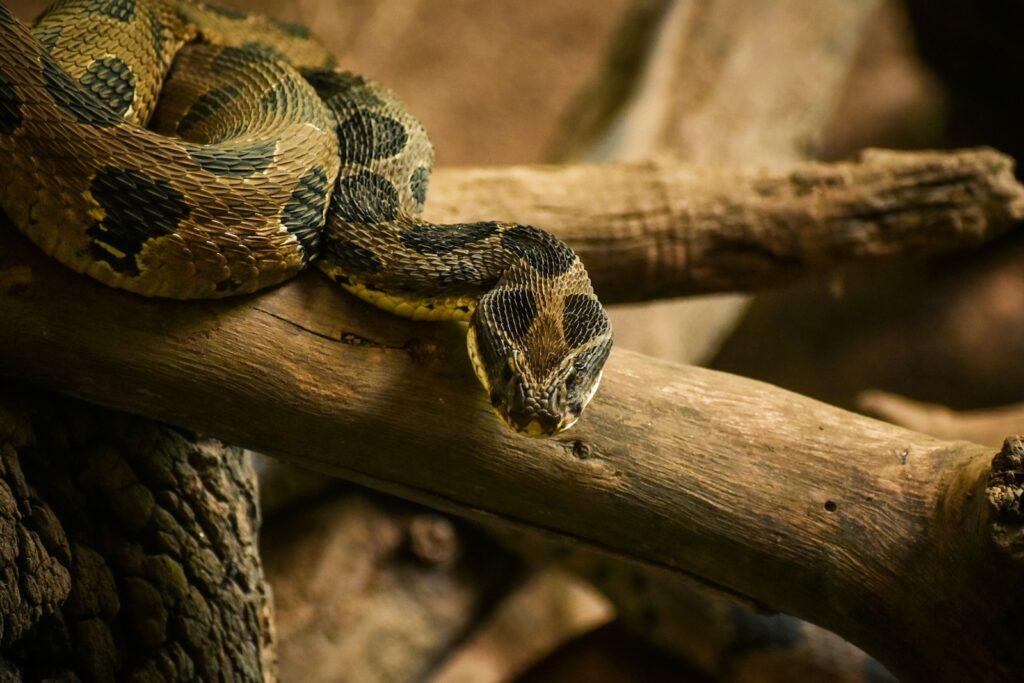
The Calabar python continues to captivate evolutionary biologists as a natural experiment in evolutionary processes. Current research directions include whole-genome sequencing to further understand the genetic basis of its morphological conservation. Scientists are also investigating whether the snake’s physiology and biochemistry have remained as static as its anatomy, or if invisible adaptations have occurred at the cellular level. Climate change research uses the snake as a model for predicting how specialized species might respond to rapid environmental shifts. Additionally, medical researchers are studying the snake’s remarkably efficient wound healing and infection resistance—adaptations that may have contributed to its longevity as a species. As technology advances, new research techniques promise to reveal further secrets from this living window into Earth’s distant past.
Cultural Significance and Human Fascination
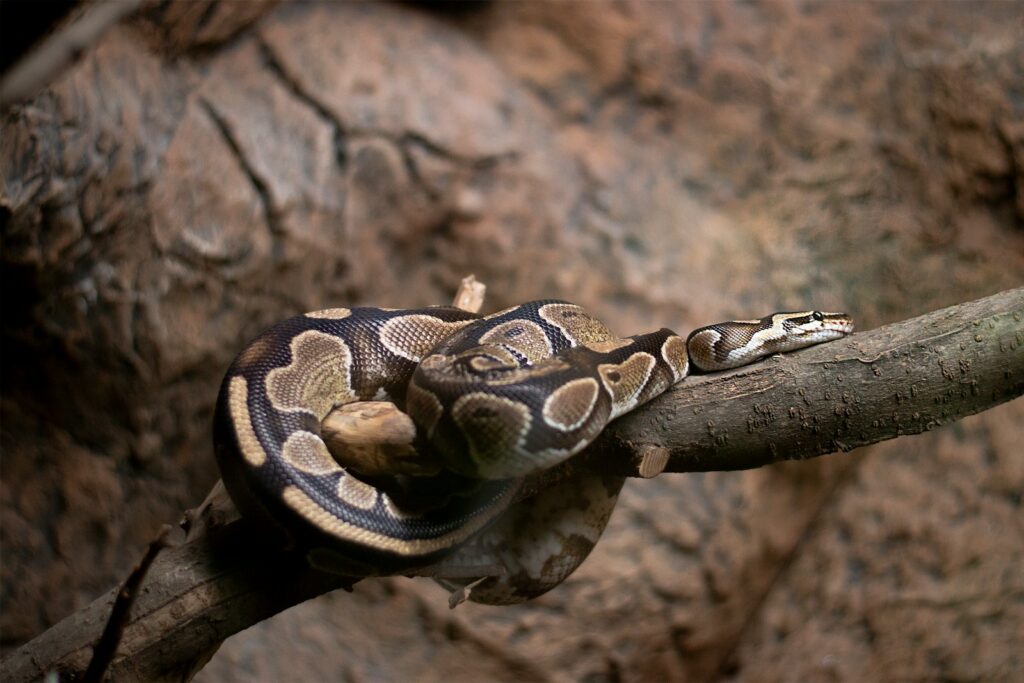
Beyond its scientific importance, the Calabar python holds cultural significance in its native range. In various West African traditions, the snake features in folklore, often symbolizing eternity or ancestral wisdom due to its ancient lineage. Some communities consider encounters with these snakes to be omens or messages from ancestors. The snake’s dual-ended appearance has generated numerous myths about its supposed supernatural abilities. In modern global culture, the Calabar python has become a symbol of evolutionary persistence and adaptation, featured in nature documentaries and popular science publications. Its story resonates with humans because it challenges our perception of time and change, reminding us that in evolutionary terms, our species is merely a newcomer on a planet where some lineages have maintained their ancient forms for tens of millions of years.
The Calabar burrowing python stands as a remarkable testament to evolutionary success through specialization rather than change. For 90 million years—through asteroid impacts, climate fluctuations, continental drift, and the rise and fall of countless species—this snake has maintained its ancient form, a living representative of a world long vanished. While modern humans often equate progress with change, the Calabar python reminds us that evolutionary success can also mean finding the perfect adaptation and maintaining it across geological epochs. As we face unprecedented global changes in our own time, perhaps there are lessons to be learned from this master of stability—a creature whose greatest achievement has been resisting change in a constantly transforming world.

